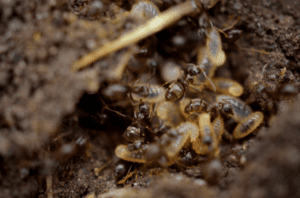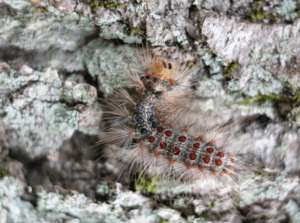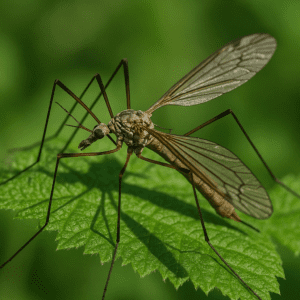
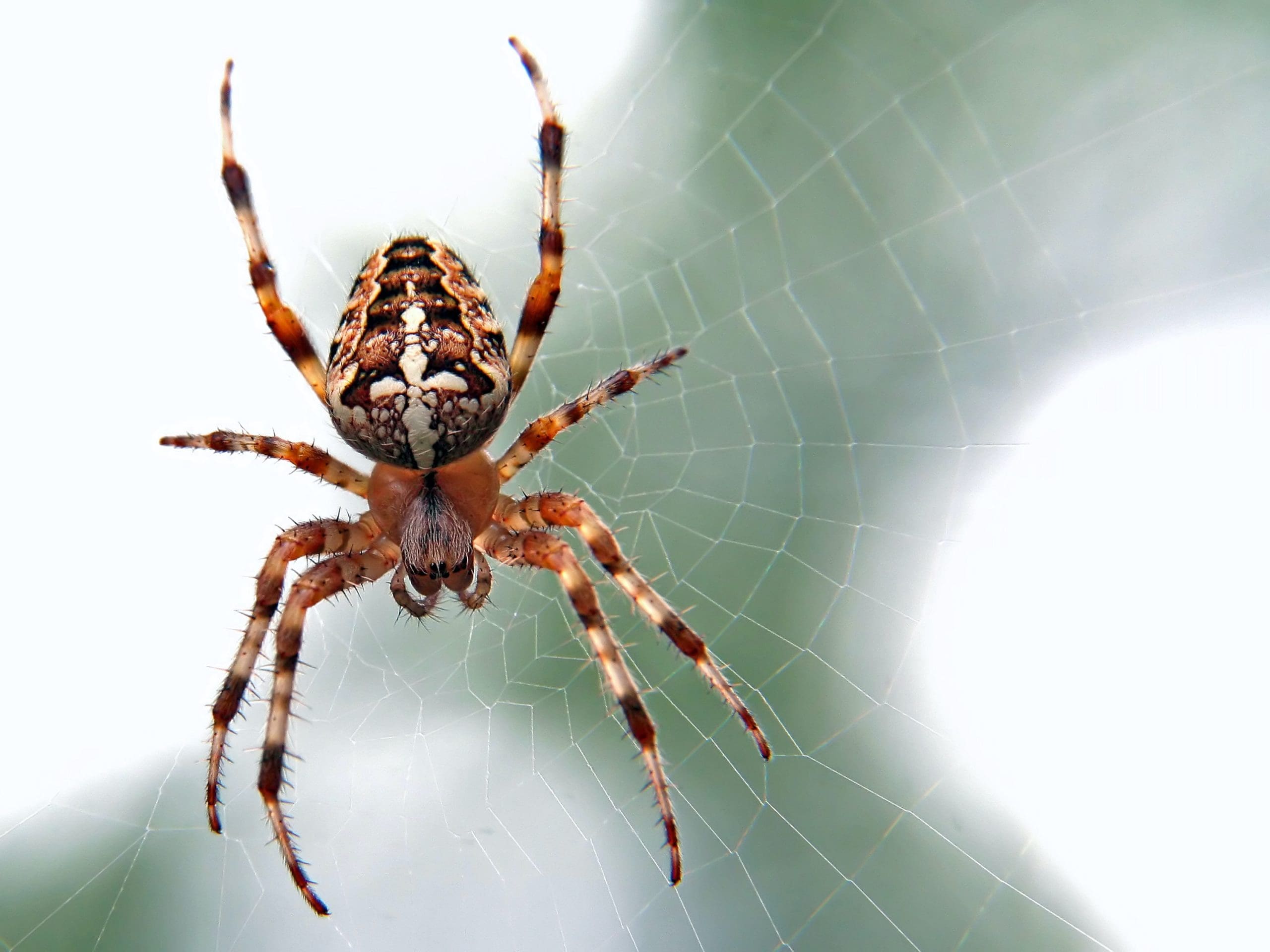
Arachnophobia is a very real phobia, and it's easy to see why. Although spiders are generally harmless to humans and will often try their hardest not to be in plain sight, seeing a large spider in your home can be rather frightening.
Spiders may be one of the most feared crawlers in the world, but these facts might have you thinking differently about the eight-legged fellas.
1. There Are A Lot Of Spider Species
It’s crazy to think that there are 45,000 species of spiders in the world. This means that there are millions or even billions of spiders on earth. It’s estimated that if all the spiders in the world were weighed at the same time, it would equate to 25 million tons.
2. Spiders Can Be Found Anywhere
Spiders are resilient creatures and they can be found on almost every continent in the world. The spider can adapt to all different kinds of habitats, there's even one that lives 20 000 feet above sea level.
Spiders can be found near the ocean, inland, on mountains or in urban settings – there really isn’t one place these arachnids won’t go - except Antarctica.
3. A Spider Is Always Near
According to research, a spider is likely to be hiding somewhere near you in a crevice or crack. There are so many spiders in the world that there’s likely to be at least one about 10 feet away from every human.
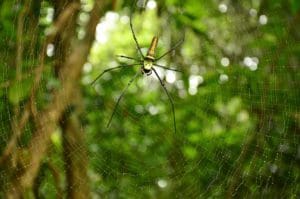
4. Spiders Have Strange Muscles
Have you ever come across the unfortunate sight of a dead spider? You’ve probably noticed how their legs are always curled inwards - a sure way to tell if it’s truly dead. This is because spiders have the ability to naturally pull their legs inwards, but they don’t have the muscles to push them outward. A liquid that gets pumped into their little legs when they’re alive, pushing the legs outward, solves this. But when they die, that liquid stops pumping and the spider's legs curl in.
5. Jumping Spiders Are Extremely Agile
Thanks to the strange mechanics of the spiders' legs, their jumping abilities are incredible. The liquid pumping system that keeps its legs pointing outwards also doubles as a hydraulic system.
The legs of a spider are almost mechanical, and the pumping of liquid can propel spiders a distance far beyond their body length. This becomes especially useful when evading predators or catching prey.
6. Spiders Are Nearsighted
Don’t let all those little eyes fool you, a spider’s vision isn’t that great. A spider will have between 8 or 6 eyes and will use one set to see objects. The rest of the eyes are used to detect shadow and light, which is what their vision relies on. They are unable to see objects that are far away.
Despite their nearsightedness, spiders are in no need of spectacles. They will detect their prey by noticing movement in the webs they’ve spun, and they’ll gladly spend the majority of their life tucked away and out of sight in dark crevices– so there's really no need for them to see all that well.
7. Spider Silk Is Super Strong
We all know that spiders have their own silk-spinning abilities, but did you know that spider silk is extremely resilient? Spiders usually use their silk for spinning webs to catch prey or for protecting their eggs. That means their silk has been strong and resilient so that they can fulfil these survival purposes.
A spider's web may seem easy to break through, but that is just because it only takes a thin layer of silk to catch its prey. In actual fact, the spider’s silk is five times stronger than a steel strand of the same thickness. It’s so strong that if the silk was spun into the thickness of a pencil, it would be able to stop a plane mid-flight.
8. Spiders Have Impressive Silk-Spinning Capabilities
The way that spiders make silk is similar to how the mechanics of machines work. Every step is perfectly tuned by Mother Nature to ensure the efficiency of the spider's web. The silk comes from the silk glands of the spider. The silk starts as a watery gel-like substance that is funneled down a tapered tube. When it's being passed through the tube, coatings that add properties like stickiness and water-resistance are added to the substance, slowly starting to form the silk.
When it reaches the final stages of production, it exits the spider’s body through tiny spigots. The spigots have a motor-like valve that helps to guide and pull the silk out, as opposed to it being pushed out. This is how spiders make such precise silk patterns.
9. There’s A Spider That Does The YMCA
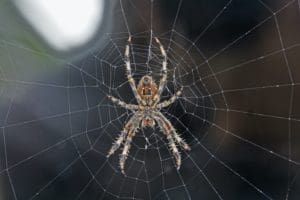
You’ve probably seen it in some wildlife clips, and that spider is called the Peacock spider. The adorable (or creepy) little dance is intended to woo the female of the species. Not only is the dance captivating, but the spider's abdomen also lights up with jewel-toned colors. Maybe spiders aren’t so different from humans after all?
There is one major difference though. If a human female doesn’t like the male dancing for attention, she’ll probably just ignore them. However, the female peacock spider will go as far as attacking and killing the male if she doesn’t approve.
10. Spiders Have Blue Blood
No, that doesn’t mean the arachnids come from aristocracy – spiders literally have blue blood. Humans have red blood because our blood is made up of an iron-rich molecule called haemoglobin. Spiders on the other hand have a copper-rich molecule called hemocyanin, making their blood appear blue.
Spiders are smart, cunning and useful little creatures – but their presence can be a little creepy. If you’ve noticed too many spiders in your home, it’s probably time to give the professionals at Twin-Boro a call. Some spiders can be dangerous, so it’s always important to double-check that your home isn't infested with 8 arachnids with a nasty bite.




